Surgical Option in Aging Face: A Surgeon's Guide to Facial Rejuvenation
2025-09-08
Hello, I'm Dr. Nk Park from Noonopi Plastic Surgery.
Everyone shares the desire to look healthy and youthful. As a board-certified plastic surgeon in Korea, I would like to share valuable insights into anti-aging procedures and lifting surgeries to help you navigate your options.
The Telltale Signs of an Aging Face
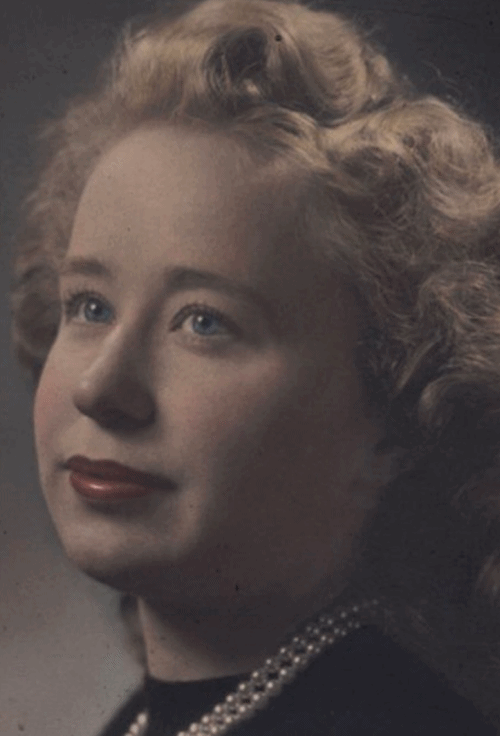
As we age, our faces undergo a series of common, predictable changes:
- The sharp, V-shaped jawline softens and becomes more square.
- Eyelid skin begins to sag and droopy.
- Under-eye bags may bulge or appear hollow.
- Nasolabial folds (smile lines) deepen.
These changes are not just skin-deep. They are the comprehensive result of a process that happens across every layer of the face.
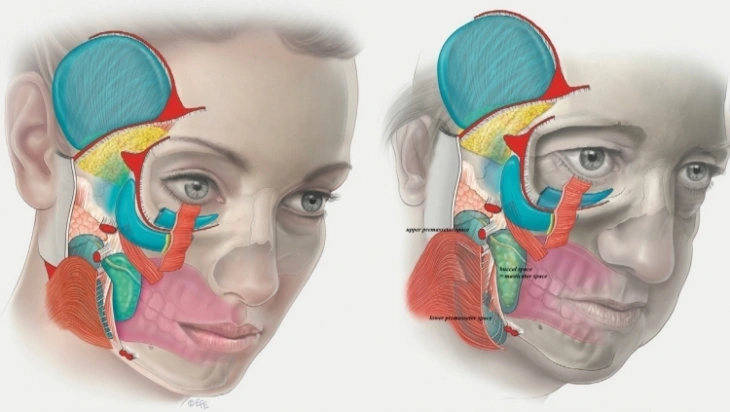
- Skin Laxity: Collagen and elastin decrease, leading to a loss of firmness.
- Fat Atrophy: Facial fat shrink, causing the skin to appear saggier.
- Bone Resorption: Specific areas of the facial skeleton shrink, reducing underlying volume and support.
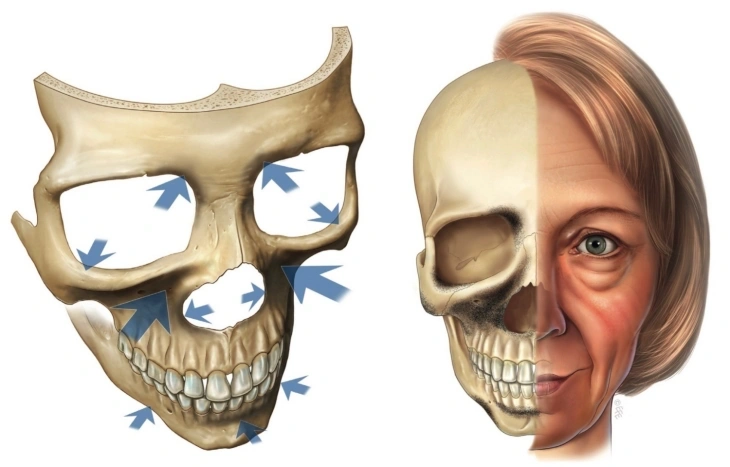
How These Changes Create Common Signs of Aging
1) Droopy Eyelids → Forehead Muscle Strain → Forehead Wrinkles
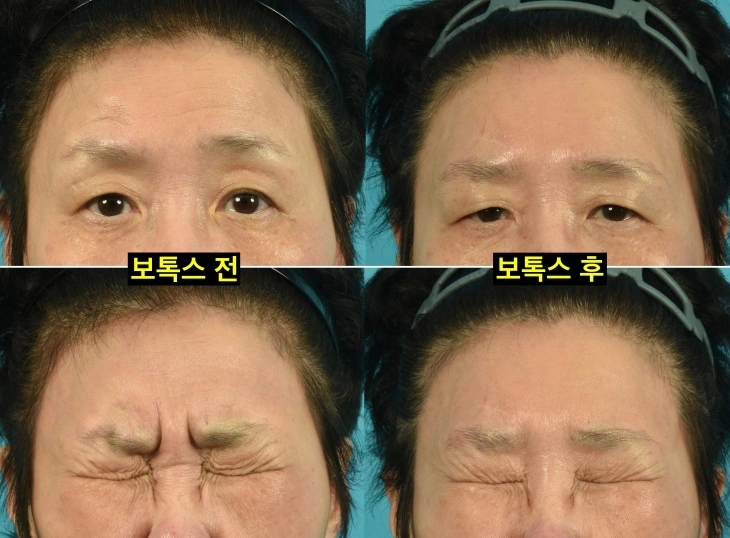
Have you ever had Botox in your forehead and found it harder to open your eyes afterward? This phenomenon reveals a key aspect of aging.
As the eyelid skin sags, many people subconsciously use their forehead muscles to lift their brows and clear their field of vision. When Botox temporarily paralyzes this muscle, the full weight of the sagging eyelid becomes apparent, potentially making vision feel more obscured.
This compensatory habit of raising the eyebrow is what causes deep, horizontal forehead wrinkles.
It's also why performing standard upper blepharoplasty on a patient with this underlying issue can sometimes result in an unnatural or "done" appearance if not properly diagnosed. Read more about aging eyelid surgery
2) Bone Loss Beside the Nose → Deeper Nasolabial Folds
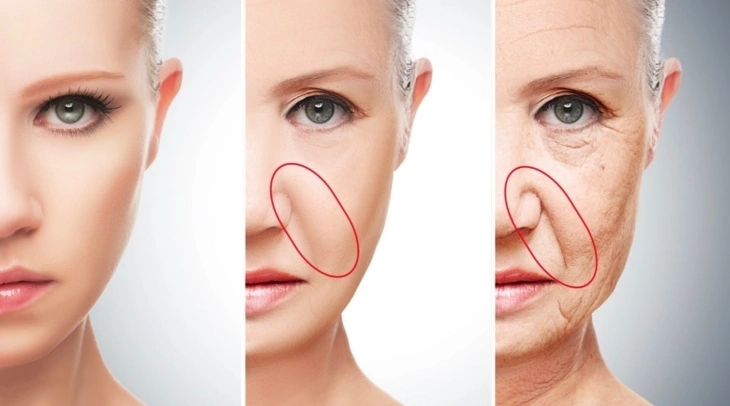
With age, the upper jaw (maxilla bone) located next to the nose begins to lose volume. As this bony foundation shrinks, the overlying tissue loses support and sinks inward, which significantly deepens the nasolabial folds. The same principle explains why some young Asians experience early cheek sagging after facial bone contouring surgery.
3) Deep Fat Atrophy → Sagging Skin → Prominent Smile Lines
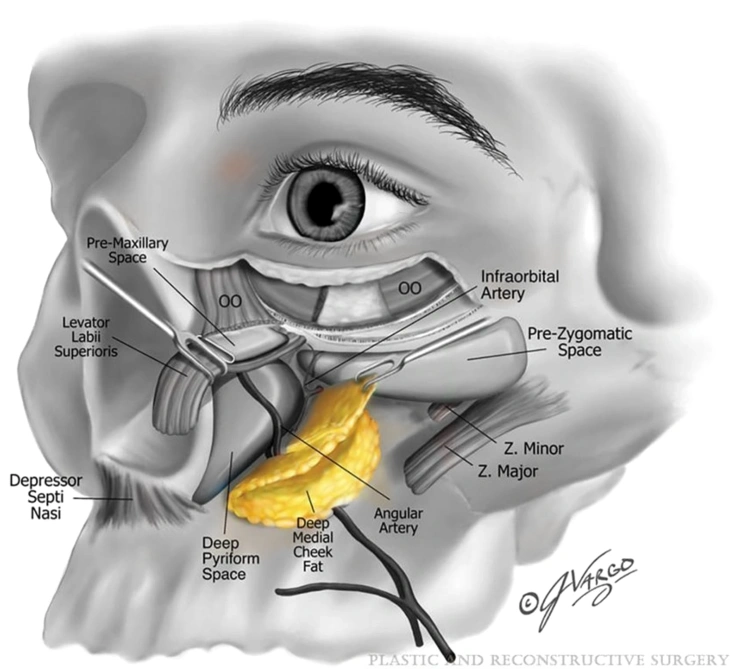
The face has deep fat compartments that provide structural support to the cheeks. When this deep fat atrophies, it can no longer hold up the superficial tissues, leading to a downward slide of skin and fat.
4) Weak Retaining Ligaments → Jowls & Marionette Lines
The face is supported by "retaining ligaments" that act like strong anchors, holding skin and muscle to bone. Areas with strong ligaments sag less, while areas with weaker ligament support are more prone to drooping. This dynamic creates jowls and marionette lines.
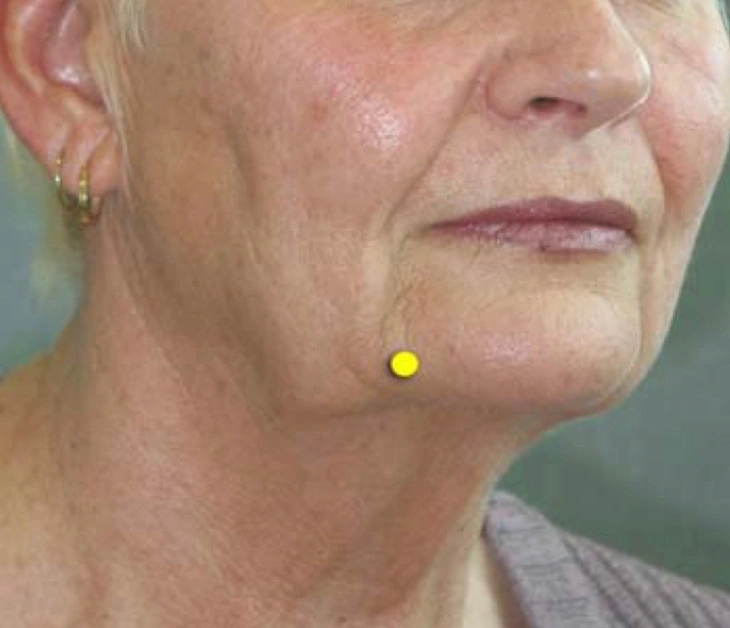
The presence of retaining ligaments can be observed even in the face of a 4-year-old while running, when gravity makes the soft tissues bounce.
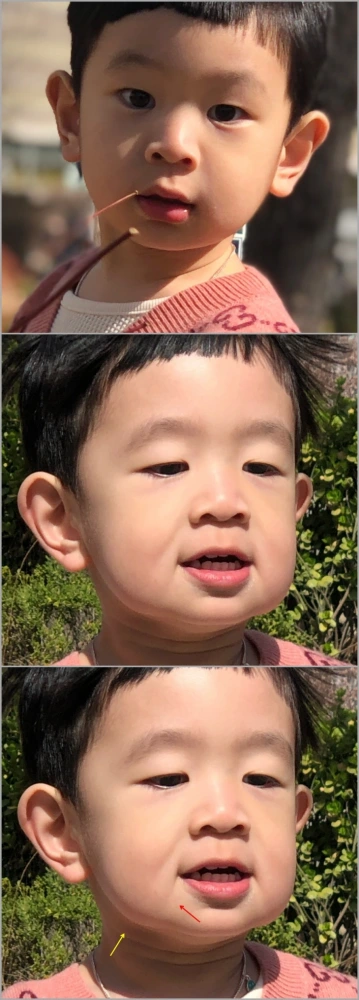
A surgical facelift is effective because it involves releasing these ligaments and repositioning the entire sagging tissue complex. In contrast, non-surgical options like thread lifts or lasers do not release these deep ligaments, which is why their effects are less dramatic and better suited for younger patients with less advanced aging.
Which Procedure for Which Area?
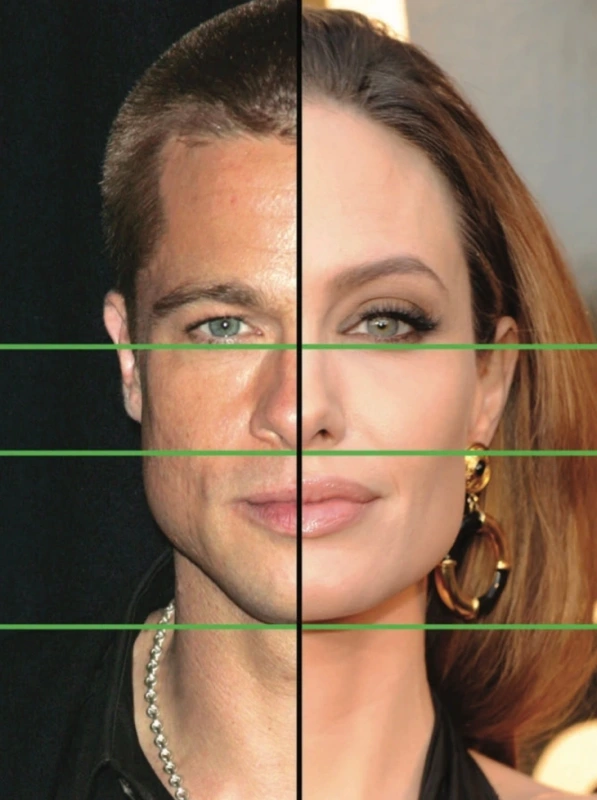
Since everyone ages differently, an effective rejuvenation plan divides the face into three zones for a targeted approach.
1) Upper Face Rejuvenation (Forehead & Upper Eyes)
This zone includes treatments like Botox, endoscopic brow lifts, upper blepharoplasty, sub-brow lifts, and fat grafting to the temples.
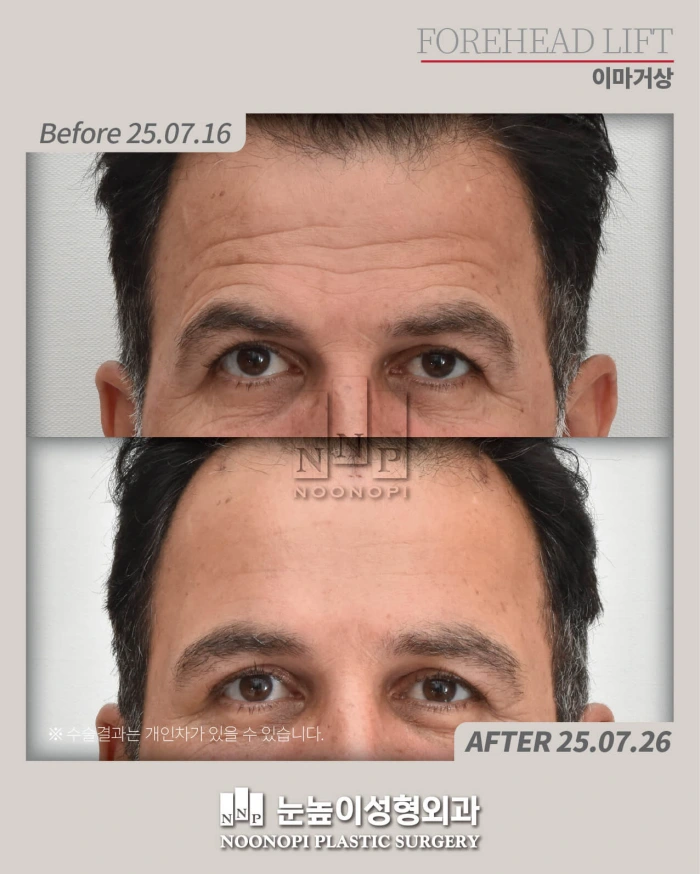
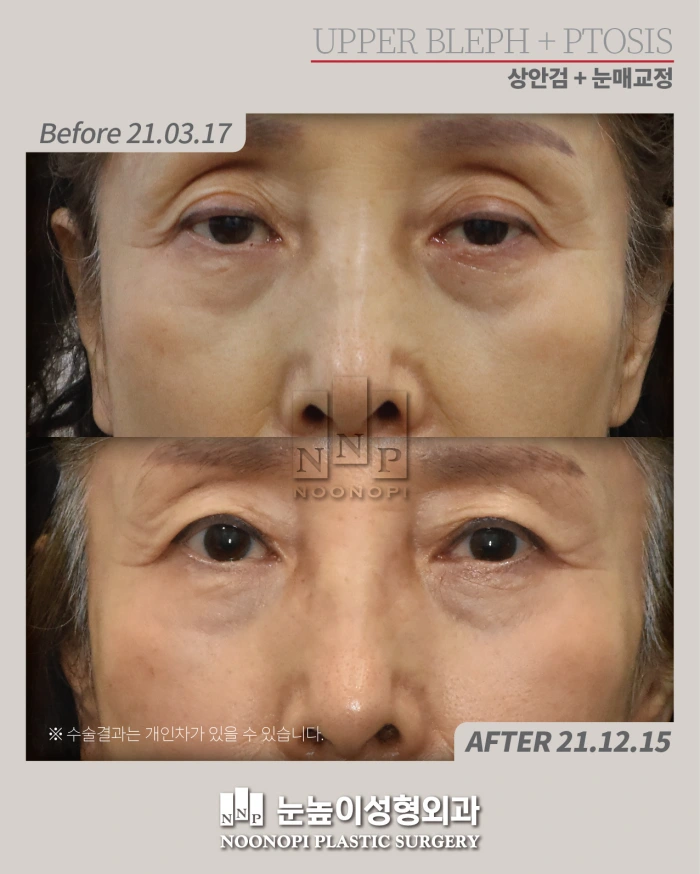
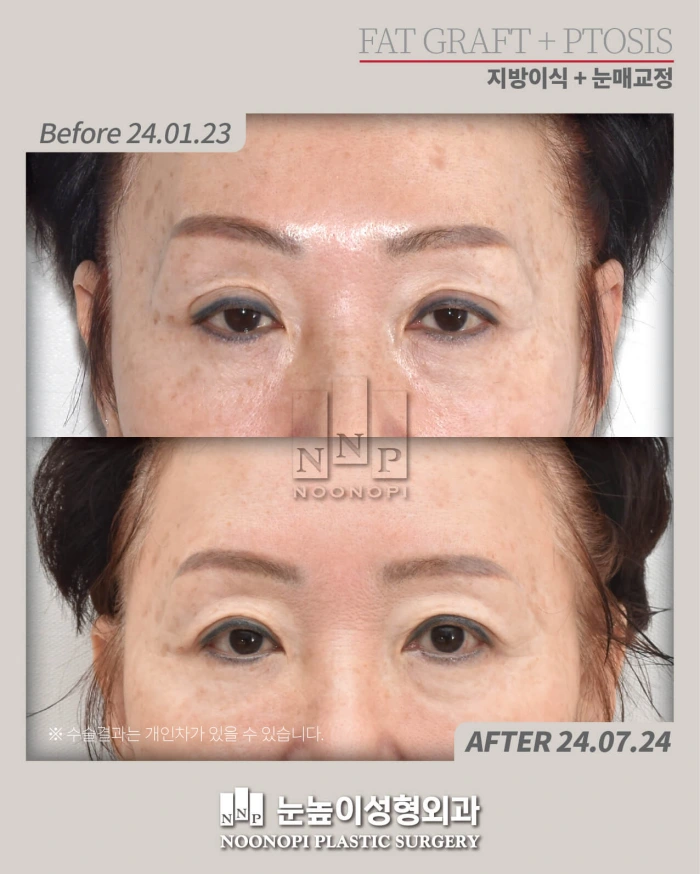
2) Mid Face Rejuvenation (Cheeks & Under-Eyes)
For many East Asian patients, under-eye fat pads tend to bulge prominently with age. The best treatment plan depends on the patient's available fat volume:
If sufficient under-eye fat exists:
A lower blepharoplasty or under-eye fat repositioning alone can be sufficient to smooth the contour.
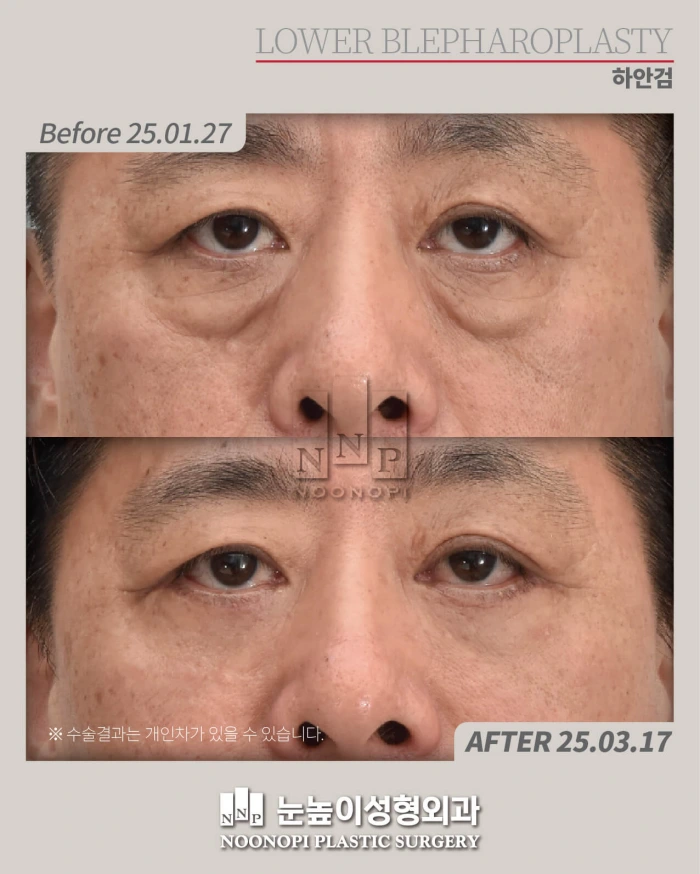
If fat volume is insufficient:
When the patient lacks enough eyebags to fill the hollows, simultaneous fat grafting is recommended to achieve a smooth, natural transition from the eyelid to the cheek.
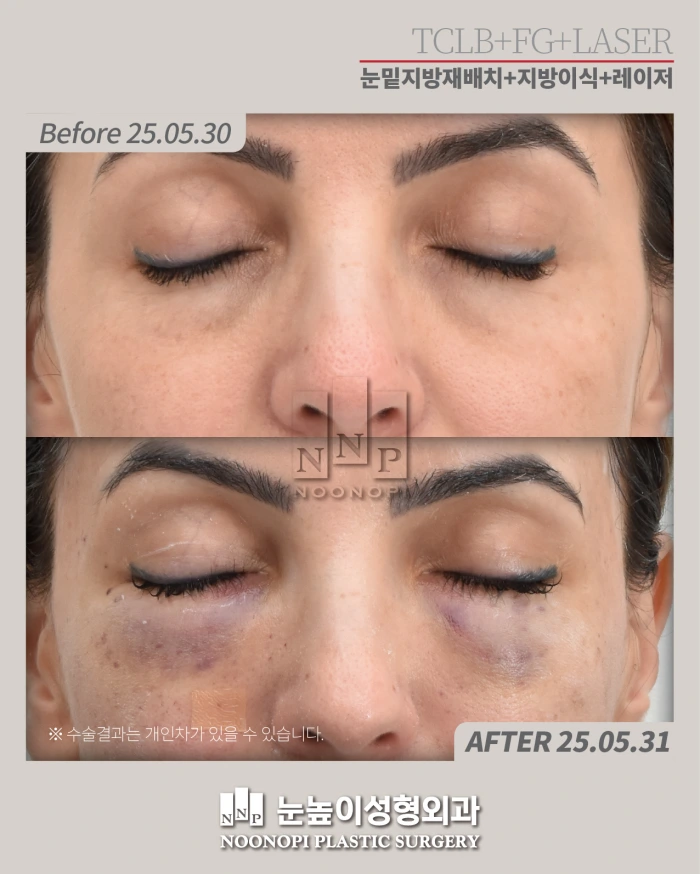
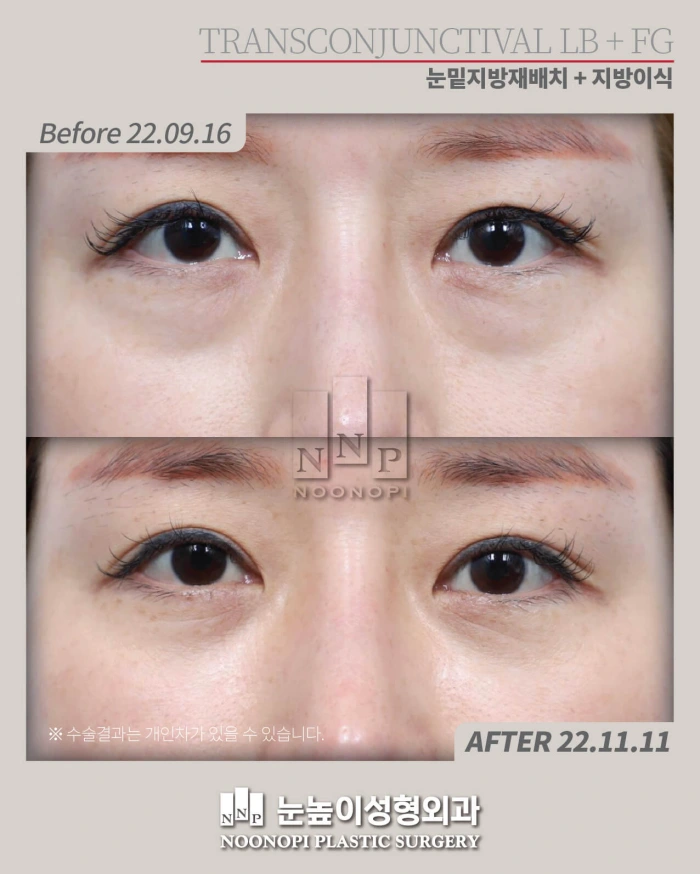
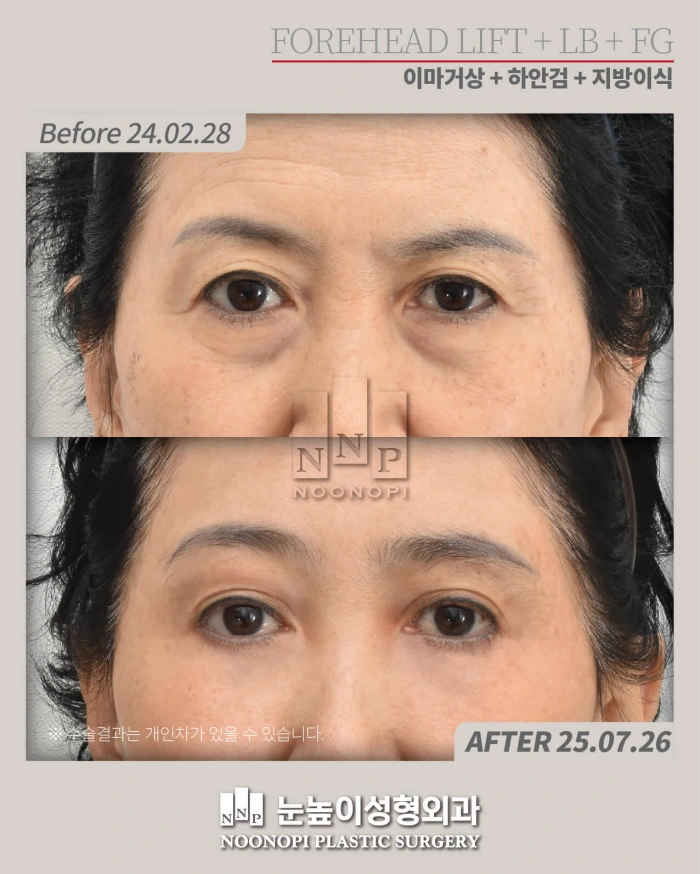
3) Lower Face Rejuvenation (Jawline, Mouth & Neck)
To address nasolabial folds, marionette lines, restore the V-line, and eliminate a double chin, we apply a range of treatments including thread lifts, facelifts, liposuction, and energy-based devices (Ultherapy, Thermage, etc.). The surgical options are highly specific:
Mini Neck Lift:
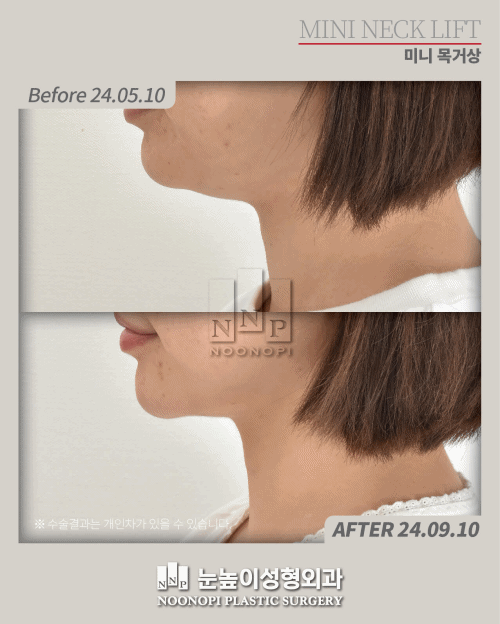
Ideal for targeting a double chin. The results are particularly evident when tilting the head forward. At Noonopi Plastic Surgery, our mini neck lift often includes muscle tightening (platysmaplasty) and salivary gland reduction for a sharper contour.
Full Neck Lift:
If there is skin redundancy or a weak chin with limited skeletal support, making a mini neck lift insufficient, we recommend a full neck lift for more dramatic results.
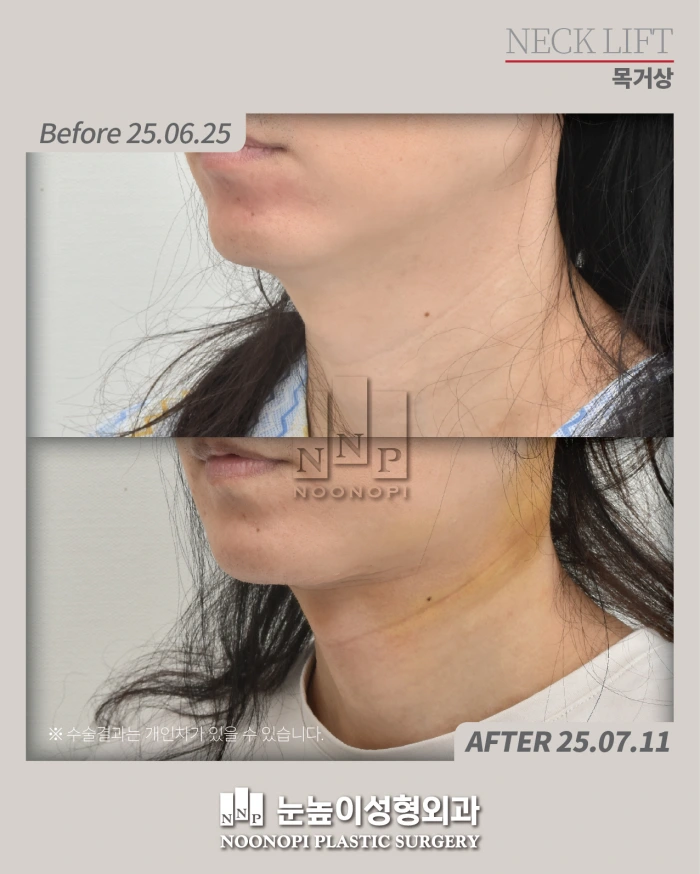
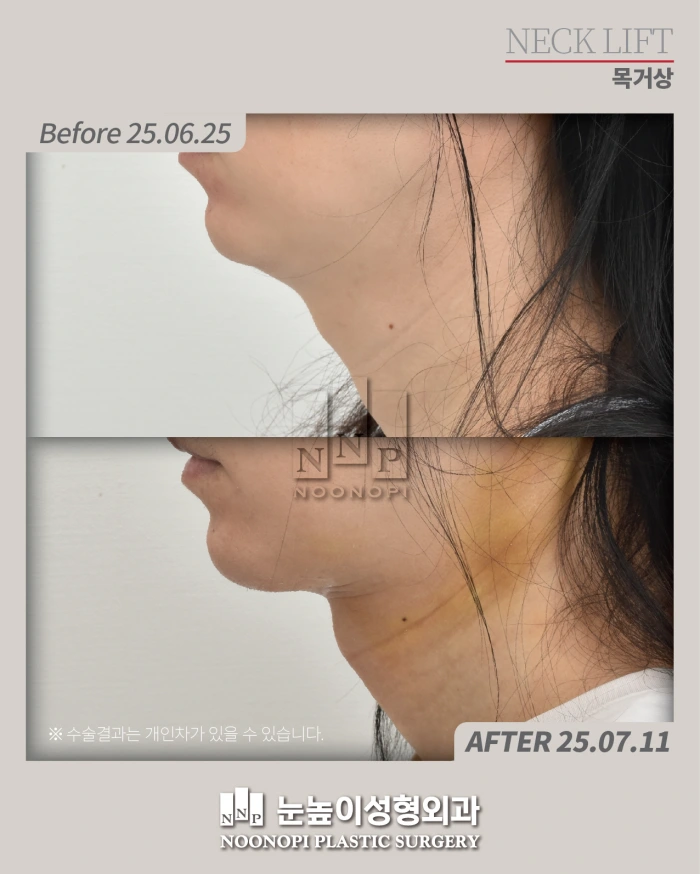
This procedure is necessary when there is significant loose skin in addition to fat and muscle laxity, as it includes skin excision from behind the ears.
Facelift:
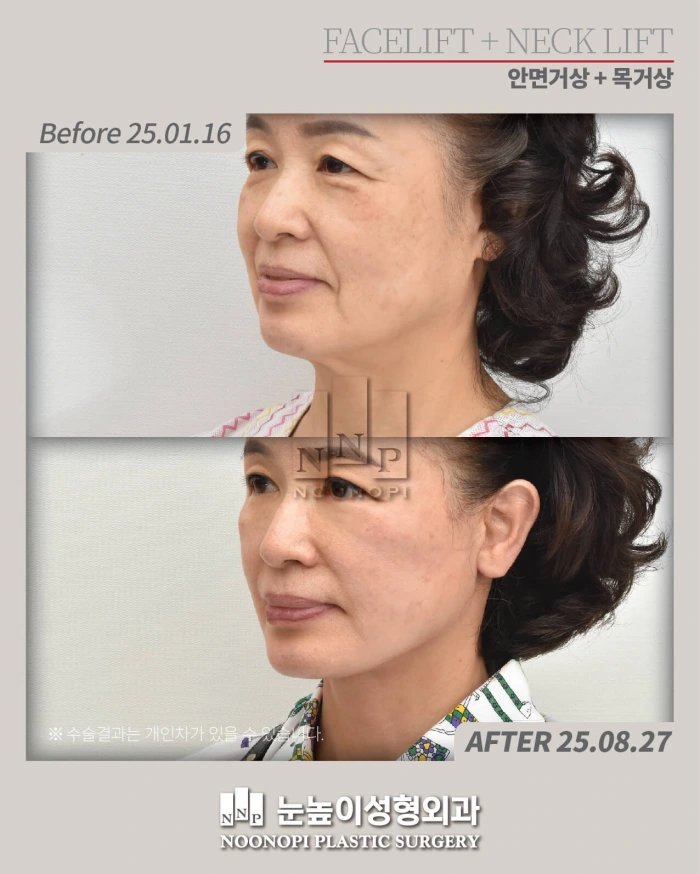
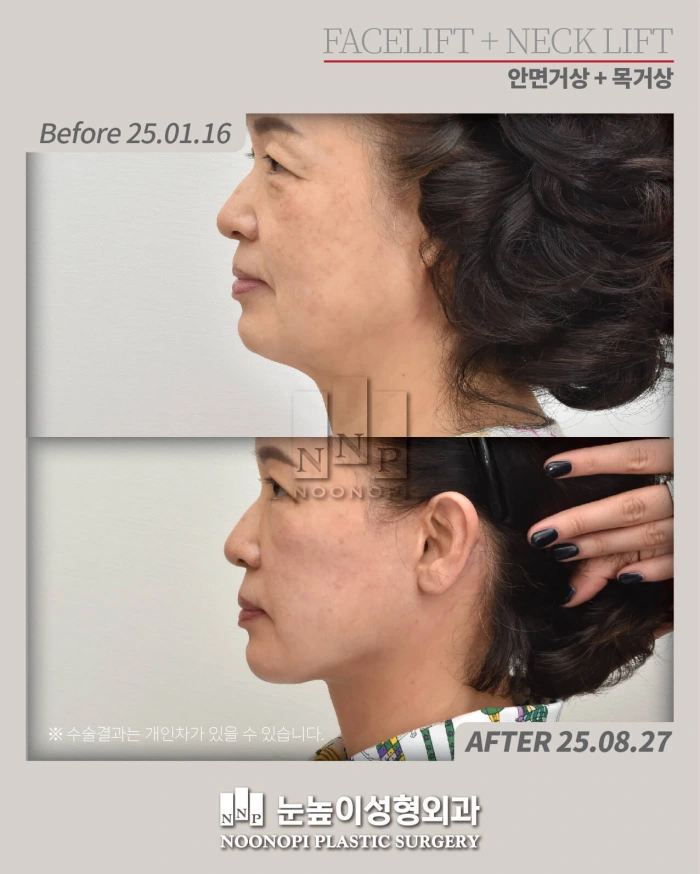
This surgery focuses higher up on the face than a neck lift. It addresses jowls and buccal fat to redefine the jawline and rejuvenates the mid-face by smoothing nasolabial folds.
Conclusion
Facial aging is a complex process involving every layer of your anatomy—skin, fat, muscle, ligaments, and bone. While a single procedure can sometimes be sufficient, comprehensive rejuvenation often requires a combination of treatments tailored to your unique aging pattern. Because aging happens across the entire face, addressing multiple areas at once, such as combining eyelid surgery with other procedures, often yields the most harmonious and effective results.
Any questions? Feel free to 🔗contact us via WhatsApp for a free consultation!
Disclaimer: This article is for informational purposes only. All medical procedures have potential risks and side effects, and individual results may vary. Please consult with a medical professional for a personalized diagnosis and treatment plan.

